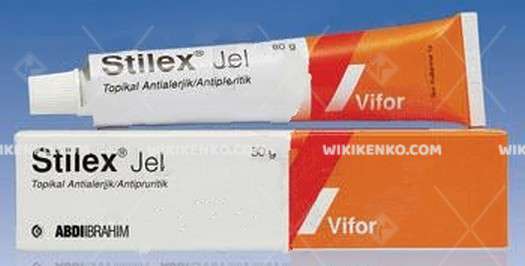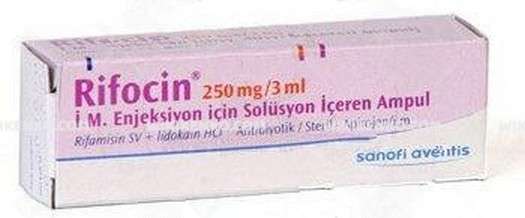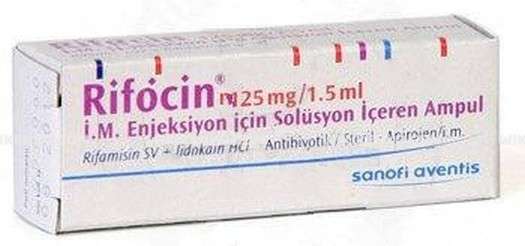Description
Active Ingredients
Stilex Gel contains three active ingredients per 1g of gel:
- 15mg of mepiramine maleate
- 15mg of lidocaine hydrochloride
- 50mg of dexpanthenol
These ingredients work together to provide relief from itching and inflammation, as well as pain relief for minor burns and insect bites.
Contraindications
Before using Stilex Gel, it’s important to know the contraindications. Stilex Gel should not be used in case of known hypersensitivity to any of the active ingredients or excipients. It should also not be used for acute wet skin conditions, as well as on injured or infected wounds. If you have any of these conditions, it’s best to seek specialized advice.
Precautions
Stilex Gel contains 0.25mg of benzalkonium chloride per dose equivalent to 0.25mg per 1g. This substance can irritate the skin, so it’s important to avoid contact with eyes and mucous membranes. Stilex Gel also contains a fragrance containing allergens such as coumarin, alpha-amylcinnamic aldehyde, citronellol, geraniol, hexylcinnamaldehyde, hydroxycitronellal, isoeugenol, and linalool. These allergens can cause allergic reactions, so it’s best to be cautious when using this gel.
Avoid using Stilex Gel on large surfaces or for an extended period. If you don’t see any improvement after 7 days, seek specialized advice. Don’t use Stilex Gel for children under 2 years old without medical advice. If you notice any new skin reactions while using this gel, stop treatment immediately.
Pregnancy and Breastfeeding
While there have been no systematic scientific studies on Stilex Gel’s effects on pregnancy, it’s best to avoid using this medication during pregnancy unless absolutely necessary. If you’re breastfeeding, avoid applying this gel during this period as it contains benzalkonium chloride, which can be absorbed by your baby with milk.
Usage Instructions
To use Stilex Gel, apply it several times a day in a thin layer on the surfaces to be treated. Follow the dosage instructions on the packaging leaflet or as prescribed by your doctor.
Possible Side Effects of Stilex Gel
Like any medication, Stilex Gel can have side effects. The possible side effects include:
- Swelling of the face, lips, tongue and throat that makes breathing difficult
- Sudden drop in blood pressure
- General rash and itching of the skin
- High fever
- Vomiting
- Heart palpitations
It’s important to note that not everyone will experience these side effects and they may vary in severity. If you experience any side effects while using Stilex Gel, consult with your doctor immediately.
Conclusion
Stilex Gel can be a helpful medication for treating itchy, allergic, or inflammatory skin conditions. However, it is essential to follow the usage instructions and precautions mentioned in the packaging leaflet. This medication should not be used on injured or infected wounds, and its use on large surfaces or for an extended period should be avoided. If you experience any side effects while using this gel, it is crucial to seek medical advice immediately. Always consult with your healthcare provider before using any medication, especially during pregnancy or breastfeeding.












Reviews
There are no reviews yet.